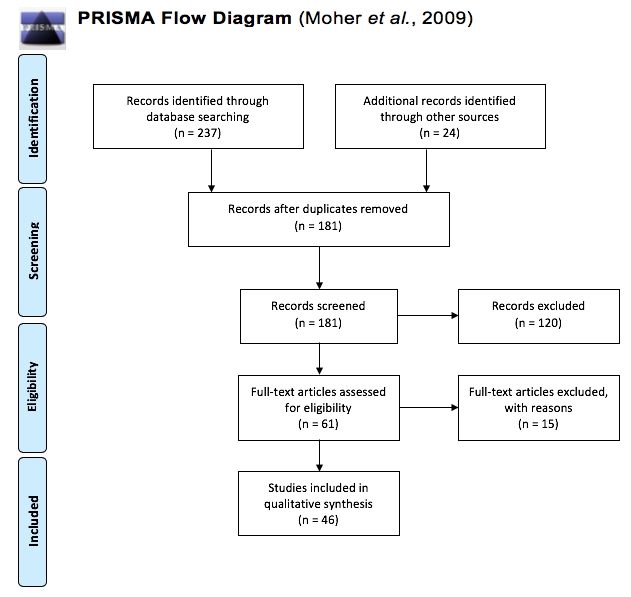Introduction: Crewed missions to Mars are anticipated by the 2040s. Risks include distance and the extreme environment faced. Planning and self-sufficiency are key to success. Stabilisation, transport, and robust telemedicine capabilities are not a feasible model, and further, astronauts will have undergone significant physiological deconditioning with limited payload & training. Considerations of the environment in which such a surgery may take place, the statistically likely surgical emergencies, the deconditioned status of the patient, crew training, and utilising technologies are needed (Hamilton, et al., 2008). Methods: A systematic literature review and thematic analysis (Laws, et al., 2019). Databases searched: PubMed, NASA online archives, ESA online archives, cross-checking of reference lists. Search terms (1960-2020, papers in English): Surgery *AND Spaceflight, *AND Mars, *AND Submarine, *AND Antarctica; Robotic Surgery *AND Spaceflight, *AND Mars;Autonomous Robotic Surgery *AND Spaceflight, *AND Mars; 3D Printing Surgical Instruments *AND Spaceflight, *AND Mars Results: Figure 1 shows 237 abstracts screened resulting in 46 papers to be reviewed using PRISMA (Moher, 2009) and CASP 2018 guidelines. Discussion: Surgery in space has been considered previously – rat dissection and tail repair were carried out by crew during the Neurolab STS-90, 3D printed surgical instruments have been tested during Mars analogue missions, robotic surgery has been tested during NEEMO missions, and microgravity surgical workstations have been developed ((Campbell, et al., 2002; Panesar & Ashkan, 2018). Most studies do not consider partial gravity of 0.38 g, most evidence is in 0 g or analogues. Anticipated surgical emergencies include trauma, appendicitis, cholecystitis, dental and urological emergencies. Preventative prophylactic surgery is suggested. Astronauts have the potential to be trained in a basic surgical skillset. Surgical techniques such as laparoscopic surgery have been tested in microgravity on animal models. Surgical enclosures of various design exist creating a sterile and adaptable surgical environment. Utilising technologies such as 3D printing instruments and robotics could allow for reduced payload and more complex surgeries. There is a also significant mass, power, volume and training constraint for Mars missions. In terms of considering astronaut fitness-for-surgery, such a scenario was speculated by comparing known deconditioning to the pre-operative assessment carried out routinely before elective or emergency surgery (ASA, 2019). Astronauts would likely be a higher grade after deconditioning, or an emergency case – surgery would be avoided unless absolutely necessary without alternative medical management. The extent of physiological deconditioning during long-duration missions is not completely known – the best analogue is time spent aboard space stations for extended periods of time. Pertinent to this scenario would be the possible reduction in blood volume, blunted baroreceptor response, blood clot risk, lower exercise tolerance (an indicator for adverse outcomes during anaesthesia), urological dysfunction (stones, infection), and immune system dysregulation. Standard history such as medications, pregnancy status, allergies and inherited disorders such as malignant hyperthermia is also important. Much of this will be documented in advance of the mission. Conclusion: Ultimately, prevention is better than surgery – healthy crew selection, countermeasures, and crew protection help alleviate a surgical emergency but do not prevent it entirely.
Future Physiology 2020 (Virutal) (2020) Proc Physiol Soc 46, PC0041
Poster Communications: Surgical Emergencies during Exploration Class Missions: Considerations of the Extreme Operating Environment, Crew & Payload Preparedness, & the Physiological Deconditioned Status of the Prospective Patient
Nina Purvis1, 2
1 Barts and The London School of Medicine and Dentistry, London, United Kingdom 2 King's College London, London, United Kingdom
View other abstracts by:
Where applicable, experiments conform with Society ethical requirements.

